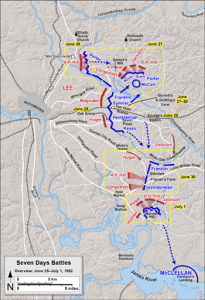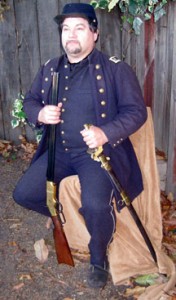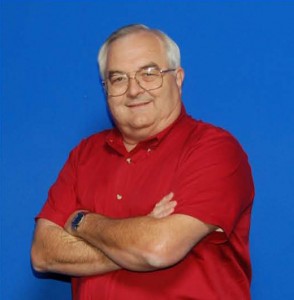Death and The Civil War, Part 1
From acclaimed filmmaker Ric Burns, based on Drew Faust’s groundbreaking book, This Republic of Suffering, this film tracks the increasingly lethal arc of the war from its opening, through the chaos of Shiloh, and the following major battles which left an American landscape littered with the bodies of hundreds of thousands of soldiers, many unburied, most unidentified. The staggering casualties brought death to the American experience as never before—permanently altering the character of the republic, the psyche of the American people, and posing challenges for which there were no ready answers when the war began.



